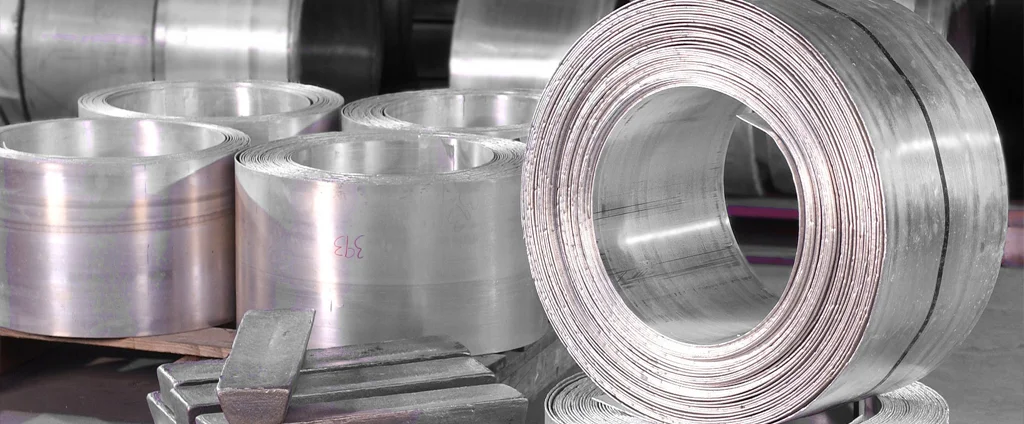Magnesium MSR-B (UNS M18220)

MSR-B is a high-strength, heat-treatable magnesium alloy renowned for its excellent mechanical properties and lightweight nature. It finds widespread application in aerospace, automotive, and marine sectors, offering superior strength and durability while maintaining a low density for enhanced performance in critical structural components.
| Chemical Composition | ||
|---|---|---|
| Element | Min | Max |
| Magnesium | 93.0% | 95.6% |
| Rare Earths | 2.0% | 3.0% |
| Silver | 2.0% | 3.0% |
| Zirconium | 0.4% | 1.0% |
The following table provides a list of magnesium MSR-B properties in both SI and US customary/Imperial units.
Click on the button to switch between Metric and Imperial units.
| Physical Properties | Metric |
|---|---|
| Density | 1820 kg/m3 |
| Mechanical Properties | Metric |
| Tensile Strength (Ultimate) | ≥ 240 MPa |
| Tensile Strength (Yield) | ≥ 185 MPa |
| Compressive Strength (Ultimate) | 310 - 385 MPa |
| Compressive Strength (Yield) | 165 - 200 MPa |
| Fatigue Strength # of Cycles 5.0e+7 | 100 - 110 MPa |
| Shear Strength | 152 MPa |
| Young’s Modulus (E) | 44.1 GPa |
| Elongation at Break | ≥ 2% |
| Poisson’s Ratio (ν) | 0.30 |
| Thermal Properties | Metric |
| Melting Point | 550 - 640 °C |
| Solidus | 550 °C |
| Liquidus | 640 °C |
| Thermal Conductivity | 113 W/m·K |
| Specific Heat Capacity (Cp) | 1000 J/kg·K |
| Coefficient of Thermal Expansion (αL) | 26.7 1/°C |
| Electrical Properties | Metric |
| Electrical Resistivity | 6.80×10-6 Ω·cm |
The values in this table are approximate and can vary depending on various factors such as the specific manufacturing process and heat treatment applied to the alloy.
Advantages & Disadvantages of Magnesium MSR-B
| Advantages | Disadvantages |
|---|---|
| High strength | High cost |
| Good stiffness | Corrosion-prone |
| Good machinability | Difficult to weld |
| Resistance to fatigue | Low melting point |
| Low density |
Applications of Magnesium MSR-B
MSR-B’s combination of strength and lightweight characteristics makes it ideal for diverse industrial uses, including the following key applications:
- Aircraft components: Used in landing gear, engine mounts, and structural parts.
- Automotive components: Employed in wheels, brake rotors, and engine blocks.
- Marine components: Applied in propellers, rudders, and other parts requiring strength and low weight.
